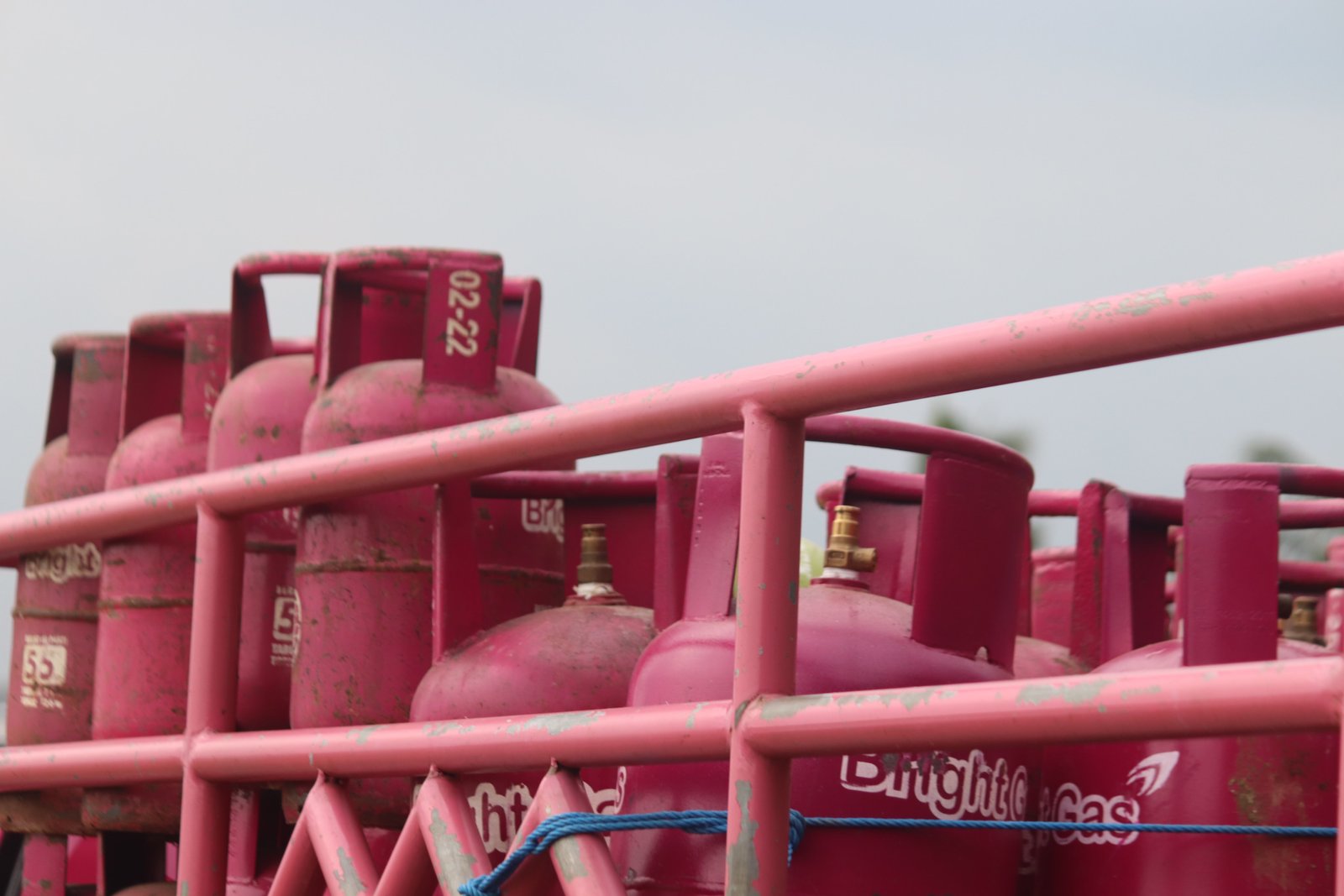The increase in LPG prices will be disastrous, as people will turn to coal and wood


Higher taxes on Liquefied Petroleum Gas (LPG), once known as the poor man"s fuel, are anticipated to reduce demand in the country, potentially resulting in an ecological calamity as more people turn to wood burning as a fuel.
Currently, the government of Pakistan"s LPG policy has linked the price of LPG to the Contract Price of Saudi Aramco, as well as imposing 17 percent GST and Rs. 4,669/- per tonne Petroleum Development charge, making this product unaffordable to Pakistan"s poor inhabitants.
The poor are practically being squeezed by skyrocketing inflation, which reached 21.3 percent in June. The income generated by PDL on LPG is only about Rs. 6.5 billion for the government of Pakistan.
According to industry estimates, the PDL recovered only Rs. 6.5 billion on around 1.4 million tonnes of LPG consumption. This figure is easily converted to the 21 billion gallons of petroleum products consumed in Pakistan each year. The consumption of these things is higher in the relatively better off economic classes. This move has the potential to free up fiscal space, allowing for cheaper cooking fuel in underserved areas.
LPG, which is regarded an environmentally favourable fuel for locations where pipeline gas is too expensive to provide, contributes less than 1% to the energy mix. The fuel should be aggressively pushed, but officials are failing to promote it as an alternative to gasoline and natural gas by repealing the GST and PDL, which would make it more affordable to the poor.
Countries such as India and Bangladesh are encouraging the use of LPG by providing subsidies to end users, however the government in Pakistan is not only allowing the highest benchmark price of CP Saudi Aramco, but also adding GST and PDL to make it the most costly fuel for the poor masses.
2.5 billion people in developing countries, particularly in rural areas, rely on biomass for cooking energy, such as fuelwood, charcoal, agricultural runoff, and animal manure. These resources contribute for more than 90% of home energy use in several nations.
Burning wood fuels in the home causes indoor pollution since both firewood and charcoal produce smoke when burned. The severity of this problem is determined by the type of wood used and the type of charcoal used, both of which are deteriorating. Respiratory and visual difficulties are among the side effects experienced by users. Every year, around 1.3 million people, largely women and children, die prematurely as a result of indoor air pollution caused by biomass.
A brief assessment of rural areas revealed that people are obliged to harvest wood from suitable trees and use it for cooking and heating in the winter, which is rather concerning. On Constitution Avenue, women are hauling wood. There is evidence that the trend to cleaner, more efficient energy use for cooking has slowed, if not reversed, in locations where local prices have reacted to recent high worldwide energy costs.
Because there are significant disparities between and even within countries, effective policies will be required if LPG is used as a proxy for contemporary fuels. Regulatory changes can increase the affordability and availability of low-cost fuel.